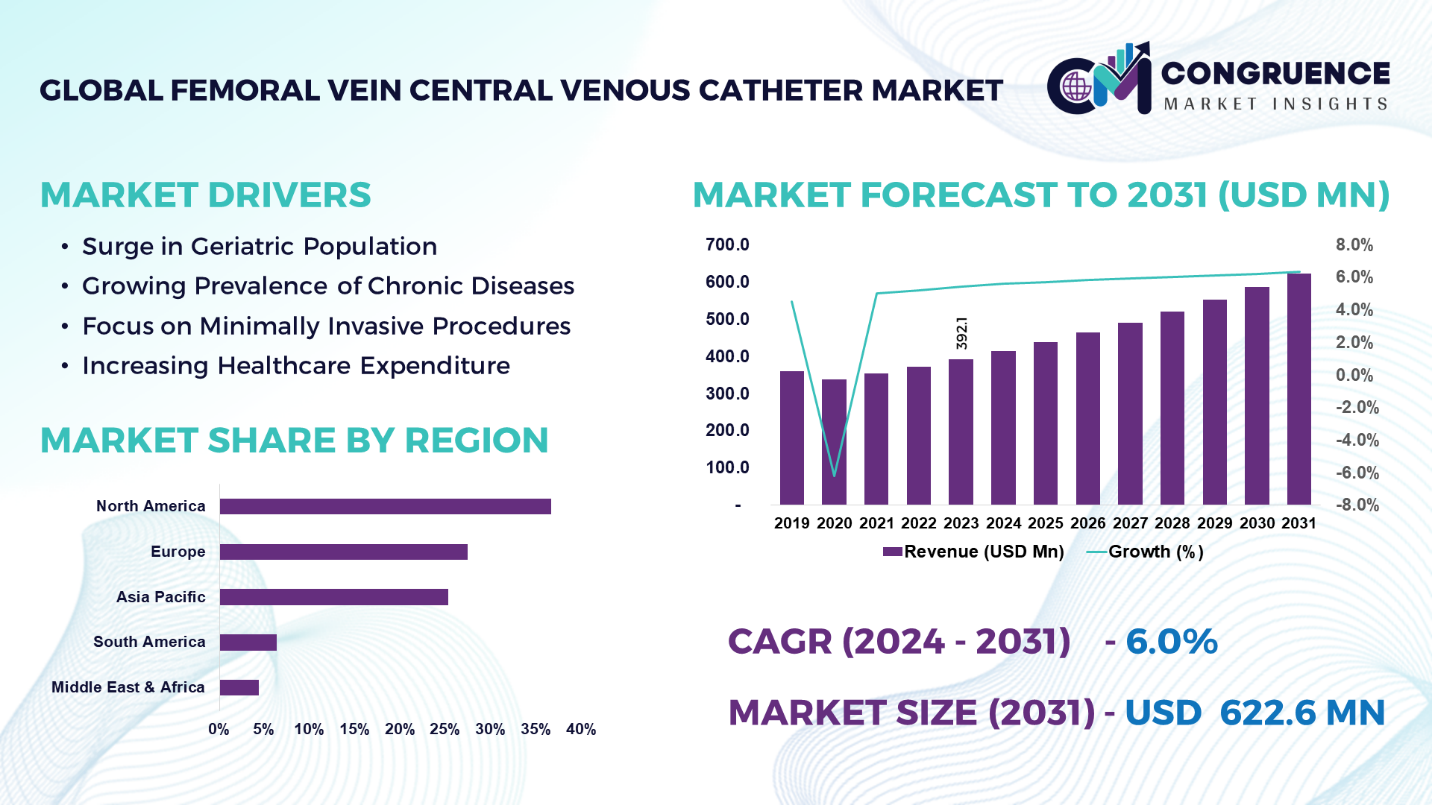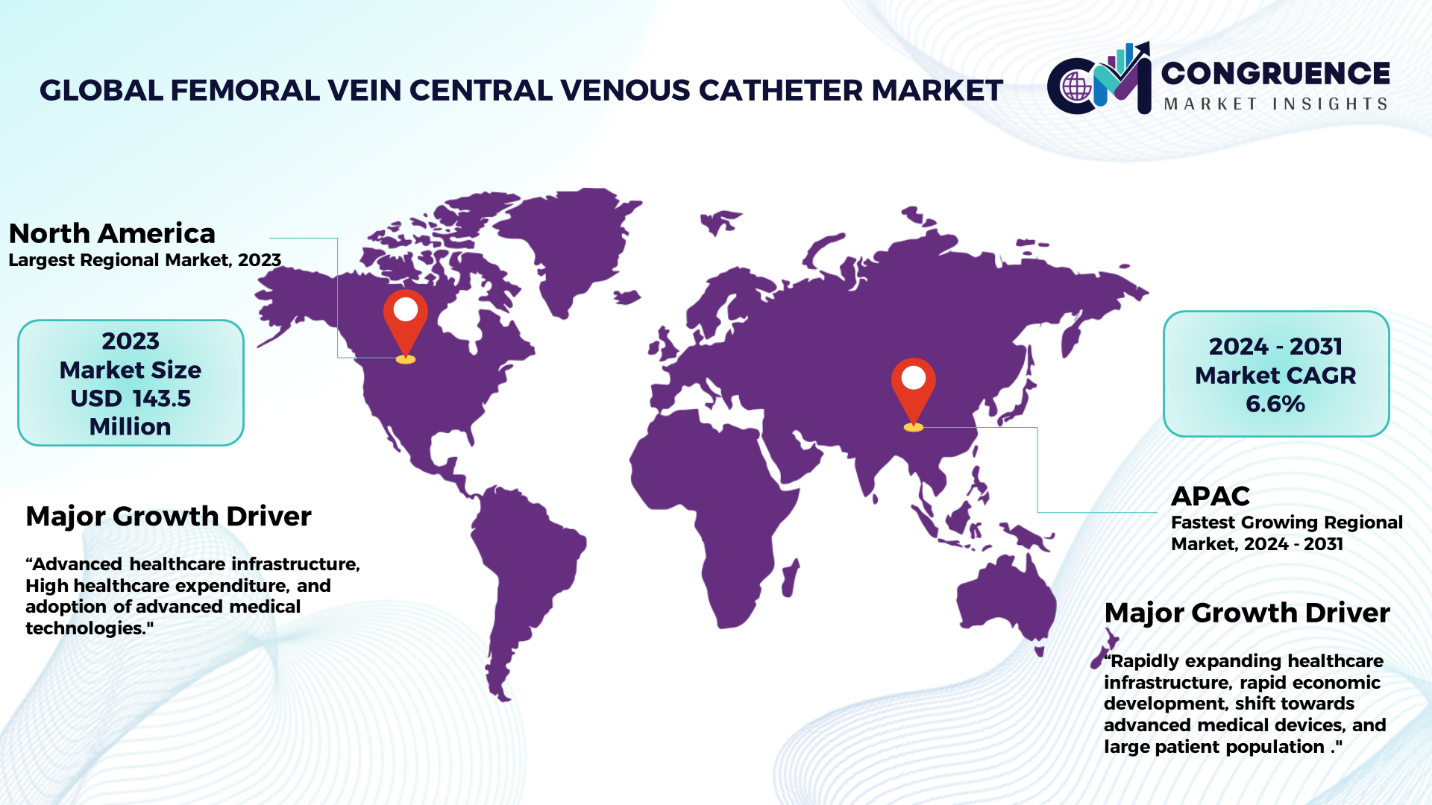Reports
The Global Compostable Packaging market was valued at USD 47.71 Billion in 2022 and is anticipated to reach a value of USD 79.58 Billion by 2030 expanding at a CAGR of 6.8% between 2023 and 2030.
The global compostable packaging market is currently undergoing a transformative phase driven by a confluence of environmental consciousness, regulatory push, and shifting consumer preferences. As sustainability gains paramount importance, compostable packaging materials like Polylactic Acid (PLA), Polycaprolactone (PCL), and Polyhydroxyalkanoates (PHA) are witnessing increased adoption across diverse industries. This market is characterized by a growing emphasis on circular economy principles, where packaging materials are designed to be regenerative and contribute to waste reduction. North America and Europe stand out as major contributors to this market, given the stringent regulatory frameworks and heightened consumer awareness. However, the Asia-Pacific region is emerging as a key growth area, reflecting a rising commitment to sustainable practices. Market players are focusing on innovation, exploring advanced materials and production processes to enhance the functionality, affordability, and scalability of compostable packaging solutions. Collaborations and partnerships along the supply chain are becoming pivotal as the industry seeks holistic and integrated approaches to address environmental concerns. This dynamic landscape presents opportunities for businesses to not only meet sustainability targets but also contribute to the broader global initiative for a more sustainable and circular packaging ecosystem.

Compostable Packaging Market Major Driving Forces
Consumer Preferences and Adherence to Sustainable Practices: An increasing consumer consciousness regarding the ecological footprint of products has resulted in a discernible preference for sustainable and environmentally friendly packaging options. In response to this burgeoning demand, businesses are strategically adopting compostable packaging solutions to align with consumer values and bolster their brand image.
Technological Progress in Material Innovation: Ongoing research and development endeavors within the realm of biopolymers and compostable materials have yielded groundbreaking alternatives to traditional plastics. Advancements in material properties, encompassing heightened strength, flexibility, and heat resistance, have significantly broadened the scope of applications for compostable packaging.
Waste Management and Circular Economy Endeavors: The conceptualization and implementation of a circular economy, wherein materials undergo reuse, recycling, or composting at the conclusion of their life cycle, has gained considerable traction. Compostable packaging stands out as a pivotal solution in mitigating the environmental impact associated with packaging waste.
E-commerce and Evolving Retail Dynamics: The ascendancy of e-commerce and the dynamic shifts in retail practices have heightened the demand for sustainable packaging solutions. Compostable materials are now being embraced to cater to the packaging requirements of online retailers, concurrently reducing the environmental footprint associated with packaging waste generated throughout the supply chain.
Compostable Packaging Market Key Opportunities
Diversification of Product Applications: The potential for expanding the use of compostable packaging across diverse industries is substantial. Companies have the opportunity to explore novel applications for compostable materials in sectors such as healthcare, electronics, and industrial packaging, thereby extending their market presence to a broader range of industries.
Advancements in Technology: Continuous research and development in material science and technology present prospects for enhancing the performance attributes of compostable packaging. Innovations in material strength, barrier properties, and compostability timelines can result in the creation of high-performance packaging solutions, meeting the demands of a wider array of applications.
Tailored E-commerce Packaging Solutions: The continual growth of e-commerce signifies a significant opportunity for specialized compostable packaging solutions designed to meet the unique needs of online retailers. Packaging solutions that not only prioritize sustainability but also align with the logistics of e-commerce can gain a competitive advantage in the market.
Strategic Waste Management Partnerships: Collaborating with waste management organizations and facilities offers opportunities to enhance the end-of-life management of compostable packaging. Developing efficient collection and composting systems contributes to closing the loop in the circular economy.
Compostable Packaging Market Key Trends
· The adoption of compostable packaging aligns seamlessly with the principles of a circular economy, where materials are intentionally designed for reuse, recycling, or composting at the conclusion of their life cycle.
· The incorporation of plant-based feedstocks, such as corn starch and sugarcane, in the production of compostable packaging is a conspicuous trend.
· The surge in e-commerce has generated heightened demand for compostable packaging solutions tailored to the distinctive requirements of online retail.
· Governments globally are implementing rigorous regulations and policies to curtail the usage of single-use plastics, propelling the demand for compostable packaging.
· Businesses and industries are actively incorporating compostable materials to contribute to waste reduction initiatives and diminish their overall environmental footprint.
Region-wise Market Insights
Europe accounted for the largest market share at 35.1% in 2022 whereas, Asia Pacific is expected to register the fastest growth, expanding at a CAGR of 7.4% between 2023 and 2030.

The global compostable packaging market is characterized by a nuanced interplay of regional factors, shaped by the intersection of environmental awareness, regulatory landscapes, and consumer choices. Europe emerges as a standout player, commanding the largest market share. This prominence is rooted in the region's robust commitment to sustainability, exemplified by stringent environmental regulations and a populace increasingly embracing eco-friendly practices. The demand for compostable packaging in Europe is propelled by a collective drive towards reducing environmental impact. Following closely is North America, where a combination of heightened consumer awareness and regulatory initiatives aimed at curbing plastic waste contribute to the market's growth. The Asia-Pacific region presents a compelling narrative with substantial growth potential, fueled by an increasing environmental consciousness, expanding economies, and governmental backing for sustainable practices. South America and the Middle East & Africa, while contributing to the global landscape, do so at a more gradual pace, influenced by evolving sustainability trends and localized environmental policies. This regional diversity underscores the intricate and multifaceted nature of the compostable packaging market, where each geographical segment responds uniquely to global environmental imperatives and regional dynamics.
Segment-wise Market Analysis
· Polylactic Acid (PLA) asserts dominance in the Global Compostable Packaging Market, commanding the largest share. Its prominence stems from being a biodegradable and renewable polymer derived from plant sources like cornstarch. With superior versatility and eco-friendly attributes, PLA stands out as a preferred choice, aligning with the escalating demand for sustainable packaging solutions in response to environmental concerns and regulatory shifts.
· Driven by a surge in sustainable packaging practices, the Food and Beverage sector dominates the Global Compostable Packaging Market. Growing environmental awareness and consumer preferences for eco-friendly options contribute to heightened demand. Compostable packaging aligns seamlessly with the industry's dedication to reducing environmental impact, adhering to stringent regulations, and meeting the increasing demand for responsibly packaged products.
Market Competition Landscape
The compostable packaging market is characterized by a dynamic and competitive landscape, shaped by the convergence of environmental awareness, regulatory dynamics, and technological innovations. Key players in the market are engaged in a relentless pursuit of product differentiation, striving to offer compostable packaging solutions that not only meet sustainability goals but also align with diverse industry requirements. Competition is intensified by the ongoing research and development efforts aimed at enhancing material properties, such as durability, flexibility, and cost-effectiveness. Collaborations and strategic partnerships along the supply chain are becoming increasingly crucial, facilitating knowledge exchange and fostering innovations in compostable materials and manufacturing processes. As consumer preferences for eco-friendly packaging continue to evolve, market players are investing in branding, customization, and communication strategies to establish a unique market presence. Regulatory compliance and certifications play a pivotal role, influencing consumer trust and market positioning. This competitive landscape underscores the importance of a holistic approach that integrates technological advancements, sustainable sourcing, and collaborative initiatives to thrive in the rapidly evolving compostable packaging market.
Key players in the global Compostable Packaging market implement various organic and inorganic strategies to strengthen and improve their market positioning. Prominent players in the market include:
· BASF SE
· Kaneka Corporation
· FKuR
· Cardia Bioplastics
· Novamont S.p.A.
· Danimer Scientific
· Natur-Tec
· NTIC
· NatureWorks LLC
· SK chemicals
· Minima
· Biotec Pvt. Ltd.
· Green Dot Bioplastics
· Biomass Packaging
· Amcor plc
· Mondi
· BioPak
· Kruger
· Tetra Laval Group
· Grabio Greentech Corporation
|
Report Attribute/Metric |
Details |
|
Market Revenue in 2022 |
USD 47.71 Billion |
|
Market Revenue in 2030 |
USD 79.58 Billion |
|
CAGR (2023 – 2030) |
6.8% |
|
Base Year |
2022 |
|
Forecast Period |
2023 – 2030 |
|
Historical Data |
2018 to 2022 |
|
Forecast Unit |
Value (US$ Bn) |
|
Key Report Deliverable |
Revenue Forecast, Growth Trends, Market Dynamics, Segmental Overview, Regional and Country-wise Analysis, Competition Landscape |
|
Segments Covered |
· By Material Type (Polylactic Acid (PLA), Polycaprolactone (PCL), Polyhydroxyalkanoates (PHA), and Others) · By Application (Bags & Sacks, Pouches, Cutlery & Tableware, and Others) · By End-use Industry (Food and Beverage, Healthcare and Pharmaceutical, Cosmetics and Personal Care, and Others) |
|
Geographies Covered |
North America: U.S., Canada and Mexico Europe: Germany, France, U.K., Italy, Spain, and Rest of Europe Asia Pacific: China, India, Japan, South Korea, Southeast Asia, and Rest of Asia Pacific South America: Brazil, Argentina, and Rest of Latin America Middle East & Africa: GCC Countries, South Africa, and Rest of Middle East & Africa |
|
Key Players Analyzed |
BASF SE, Kaneka Corporation, FKuR, Cardia Bioplastics, Novamont S.p.A., Danimer Scientific, Natur-Tec, NTIC, NatureWorks LLC, SK chemicals, Minima, Biotec Pvt. Ltd., Green Dot Bioplastics, Biomass Packaging, Amcor plc, Mondi, BioPak, Kruger, Tetra Laval Group, and Grabio Greentech Corporation |
|
Customization & Pricing |
Available on Request (10% Customization is Free) |
